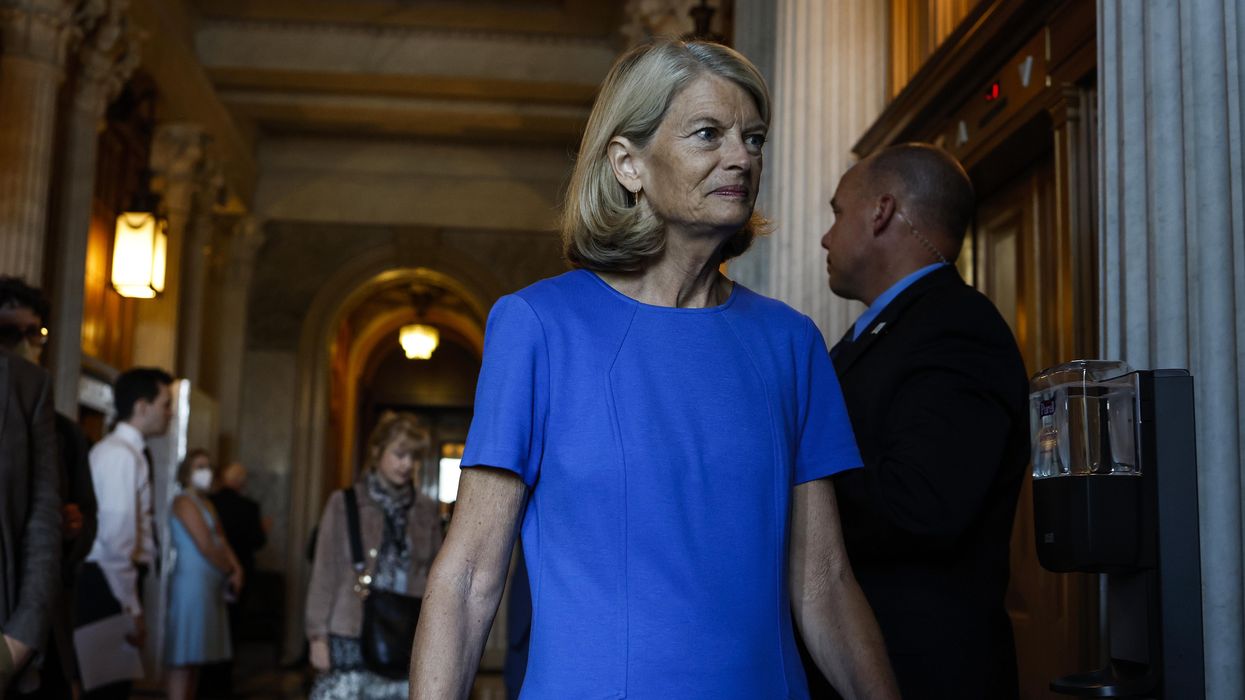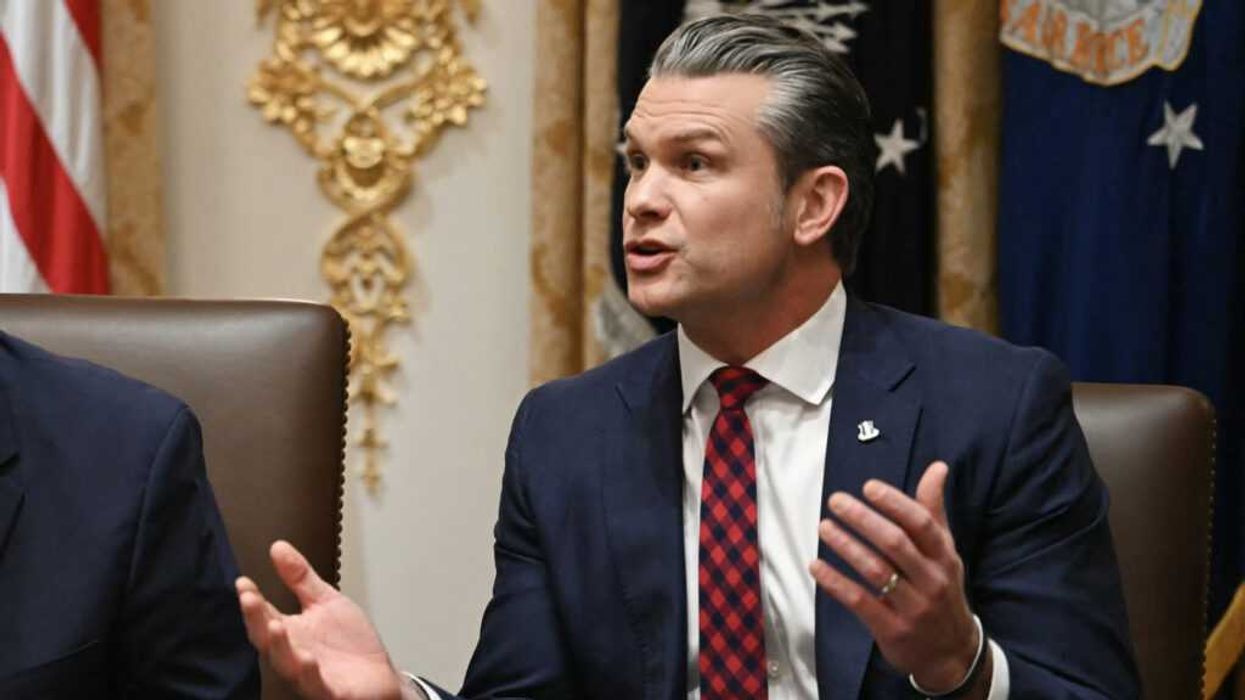Lee is a senior researcher and Alaska lead for Sightline Institute.
If you want to know how to save American democracy, look no further than the cases of Wyoming Rep. Liz Cheney and Alaska Sen. Lisa Murkowski. The primary elections systems in their states dictated two divergent political fates.
Both Cheney and Murkowski are established Republican incumbents from sparsely populated red states; each serves in a seat held by her father. Both face retribution from their party and conservative media for choosing the Constitution above loyalty to former President Donald Trump. Cheney voted to impeach Trump and Murkowski to convict him for his part in the storming of the Capitol on Jan. 6, 2021.
On Tuesday, Alaska and Wyoming held primary elections. Cheney lost by 37 points, while Murkowski advanced with three other candidates to the general election. To be sure, Wyoming’s electorate is redder and more pro-Trump than Alaska’s, and Cheney, as co-chair of the Jan. 6 committee, is Trump’s most visible and vocal critic within the party. But their contrasting fates came down to the rules of the primaries themselves.
Cheney went up against Trump-endorsed candidate Harriet Hageman in a closed party primary where she needed to win a plurality from a mostly Republican electorate. With just one winner advancing from each party’s primary, the scales couldn’t be tipped even by a sizable number of Democrats likely switching registration to vote for Cheney in the GOP primary. Murkowski, meanwhile, ran in Alaska’s new primary where all candidates appear on a single ballot. Murkowski easily secured her spot on the November ballot. (She was in first place as of Wednesday, with 80 percent of precincts reporting.) The key differences? Murkowski’s primary was open to all Alaska voters and the four top vote-getters move to the general election.
In an open primary, Cheney would have advanced to the general election with no problem, whether or not Wyoming Democrats opted to vote for her.
Closed party primaries are force multiplier s for the polarization that afflicts the United States. They feed the trend of congressional Republicans lurching to the right and, to a lesser degree, of congressional Democrats moving left. In 2010, the Tea Party vociferously opposed Republicans who had voted for the recession relief bill. In some districts that were safe for the Republican Party, a Tea Party challenger beat the more mainstream Republican in the primary, becoming the sole choice for Republican voters and quite safe in the general election. Fear among moderate, measured or mainstream candidates of being “primaried” moved them away from bipartisan cooperation and edged their politics further to the extremes. Murkowski learned this the hard way. In 2010, Tea Party candidate Joe Miller won Alaska’s closed Republican primary, appearing to eliminate Murkowski from the race. But she ran a historic write-in campaign and won an uphill fight in the general election by appealing to a broad cross-section of voters.
Open, pick-one primaries that send the top four or five vote-getters to the general, on the other hand, prevent popular mainstream incumbents from being “primaried” by partisan extremists in low-turnout summer races. Indeed, open, top-four primaries incentivize candidates to “pander to the center” — that is, not to the hyper-partisan minority but to the more centrist majority, something the United States could use a lot more of.
These two sets of primary rules are so divergent in outcomes that if Alaska and Wyoming swapped election methods, Cheney would almost certainly survive her primary and Murkowski would have been knocked out of hers. Alaska pollster Ivan Moore told The Associated Press that in a closed primary Murkowski “would have had a zero percent — I mean zero percent — chance of winning.”
It’s that simple.
Another late-breaking and lower-profile illustration comes from Washington state, where primaries are open, not closed, but where only two candidates go on to the general election. Jaime Herrera-Beutler is the six-term incumbent Republican representing the 3rd district in the state’s southwest corner. It is home to both urban and suburban areas in and around Vancouver, Wash. (just north of Portland, Ore.), as well as vast rural stretches extending through the south-central region of the state. Herrera-Beutler voted to impeach Trump, who attacked her over the course of the campaign while endorsing a far-right GOP challenger. In late vote counts last week, that challenger overtook her by a smidge, pushing her from second place to third. Herrera-Beutler conceded the race. If Washington used Alaska’s top-four system, Herrera-Beutler would have gone on to the general election, where a vastly larger, less ideological electorate might well have sent her back to Congress.
Every GOP member of Congress who voted to impeach or convict Trump and who is running for reelection in a closed primary has now lost that race: Tom Rice in South Carolina, Peter Meijer in Michigan and Liz Cheney in Wyoming. They all lost to Trump-endorsed right-wing candidates. Of the four GOP members who voted to impeach or convict Trump and ran for reelection in an open primary, only one has lost: Herrera-Beutler. Three have survived: Murkowski, Dan Newhouse in Washington and David Valadao in California.
To be clear, all open primaries are good but not equally good. Open primaries that send the top four vote-getters to the general rather than just the top two are superior. They minimize the chances that the general election ballot will only offer extremists or candidates from one party. They give a real voice to the independent, unaffiliated and third-party voters who together represent about 40 percent of the U.S. electorate and about 58 percent of Alaska’s.
Alaska pairs the open primary with a ranked-choice general election, where candidates will again have the chance to appeal to a wide swath of voters.
The way Alaska, Washington, Wyoming or any state runs its primaries will not solely determine who runs in the general election. But changing the rules to give more voters more voice earlier in the election process is one way to unrig our election process and give candidates with broad appeal a chance to compete at all.



















